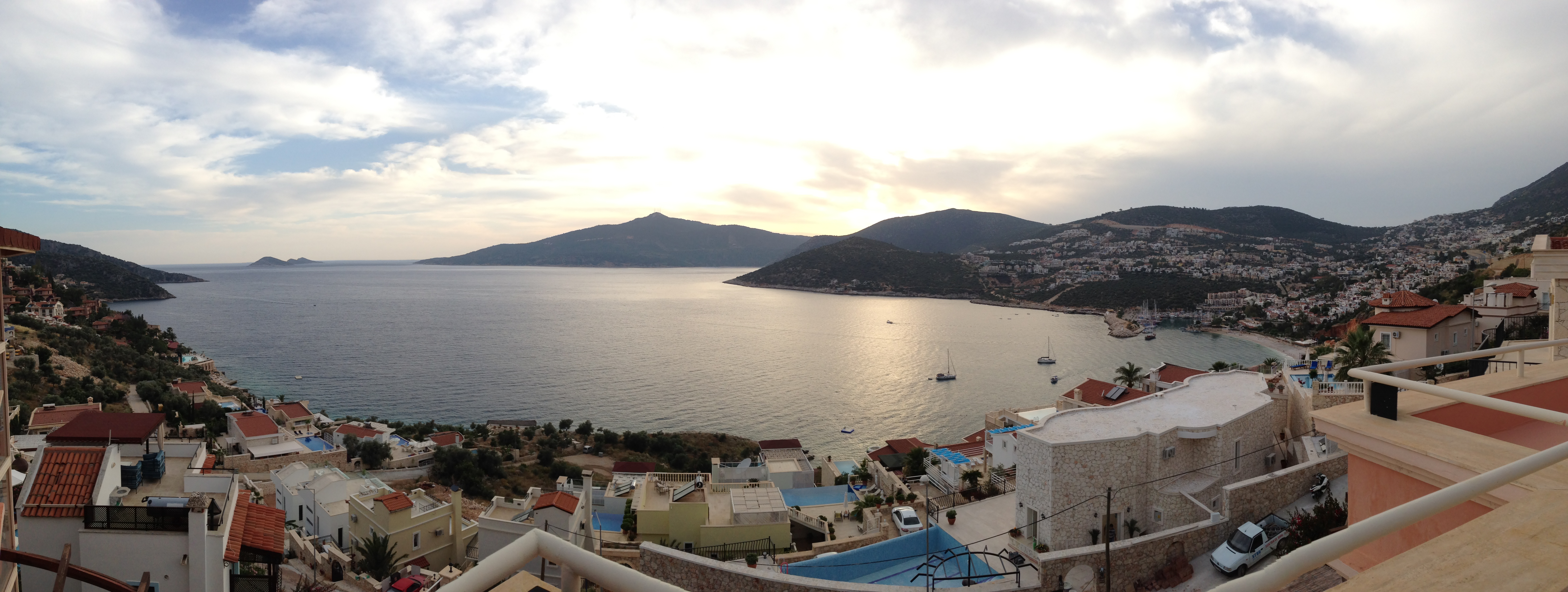Şanliurfa (also referred to as just Urfa) is a real Mesopotamian city, set 80 kms east of the Euphrates River. Urfa is the most Middle Eastern-feeling of any Turkish city I have ever visited. The city has been inhabited since antiquity and is believed to be the birthplace of the Prophet Abraham. This ancient history, combined with a population that is a mix of Turks, Arabs and Kurds gives Urfa a real eastern mystique.
Things to see and do in Urfa
The key historic sites in Urfa are all clustered together near the castle. Here you will find the balıklı göl (full of sacred fish), a public park, the cave where Abraham was born, historic mosques, the covered bazaar and the castle itself.

Biblical legend underlies the main landmarks in this historic part of town. Legend has it that Nimrod threw Abraham from the hill where the castle sits today into a burning fire as payback for destroying pagan idols. God saved Abraham by turning the fire into a lake and turning the burning embers into fish. That lake is the balıklı göl (lake of fish, also called the Sacred Pool of Abraham) that sits in the center of Urfa today. The lake is filled with “holy carp” – the descendants of the burning embers. The lake is considered a holy site by Muslims and it is forbidden to eat the fish (superstition says you will go blind if you do). The two pillars at the top of the castle mark the spot where Abraham was thrown from the hill. You can climb up to the castle to explore and take in a beautiful view of the area.
The park surrounding the balıklı göl is lovely. It is green, shady, and full of benches, cafes, and families enjoying the surroundings. It’s a great spot to enjoy tea, lunch, or to just rest and do some people watching. A short walk from the balıklı göl you will find the cave where Abraham was born. You can pay a small entrance fee to visit the inside of the cave. It is a holy site and has separate sections / entrances for men and women. There isn’t too much to see once you are inside (it really is just a cave), but many devout people come to pray here.

Just east of the castle area you will find Şanliurfa’s historic covered bazaar. Although it is much smaller than Istanbul’s famous Grand Bazaar this market has plenty of history and myriads of goods on offer, including fabrics, foodstuffs, copper goods, and souvenirs. While strolling around you are likely to encounter craftsman at work in their shops creating their wares. It’s a fun place to explore and do shopping at reasonable prices (don’t forget to haggle!).

If you stay the night in Urfa, make sure you participate in a sıra gecesi: a social gathering unique to Urfa that involves traditional music, dancing and fabulous local food consumed at a communal table. At the sıra gecesi I attended we were served may tasty dishes that you won’t find anywhere but Urfa. These included lebeni (a yogurt soup with chickpeas), bostana (a spicy salad with tomato and pepper), içli köfte (meatballs wrapped in bulgur), an assortment of kebabs, and şıllık (dessert of thin pastry with walnuts). My mouth is watering just remembering how amazing it all was! Plenty of restaurants in the historic area of town will offer this experience and your hotel should be able to set this up for you. Trust me, it’s an event you don’t want to miss.

Harran
If you make it all the way to Şanliurfa, be sure to take the quick side trip to visit Harran, just 45 kms south of Urfa. Harran also has a rich, ancient history and associations with Abraham. It is believed to be the Biblical town of “Haran” where Abraham and his family lived for a period of time. Harran was also the site of the oldest Islamic university where, beginning in the 8th century, thousands of scholars gathered to study. Some ruins of the university still stand today.
Harran is best known for its unique “beehive” houses: mud brick homes that have unique conical roofs that help keep the interior of the homes cool. One of the houses has been turned into a museum which has been styled to give you a sense of a traditional home. After visiting the museum you can enjoy refreshment in the garden of the museum and banter with the museum’s lively caretaker.


